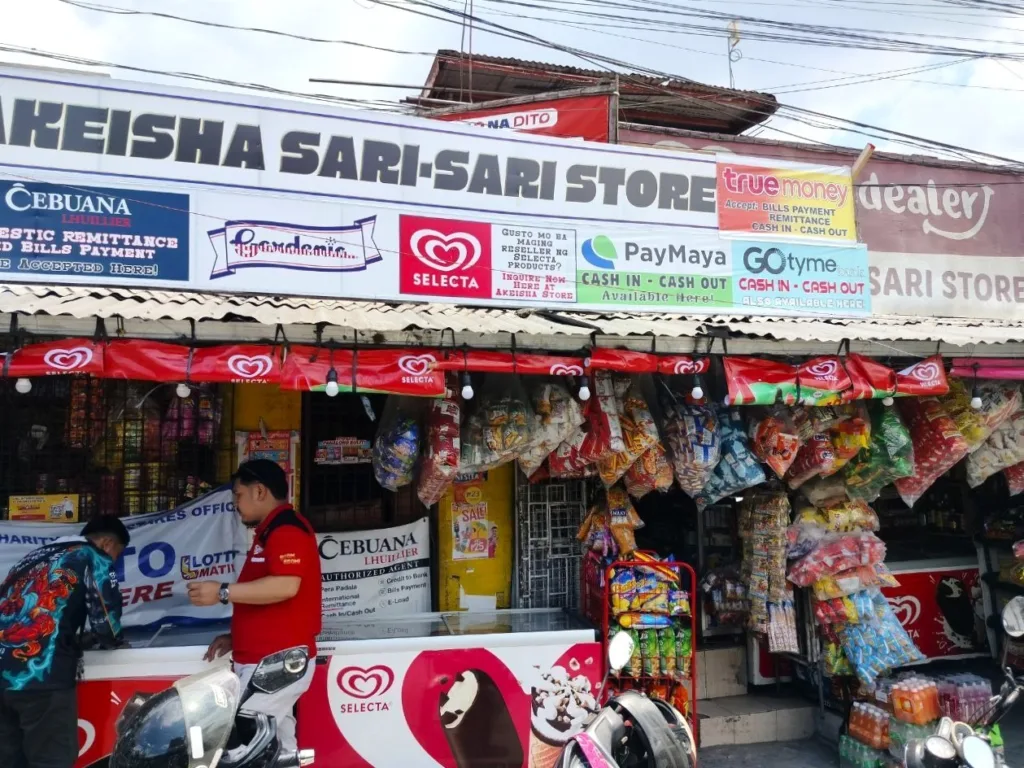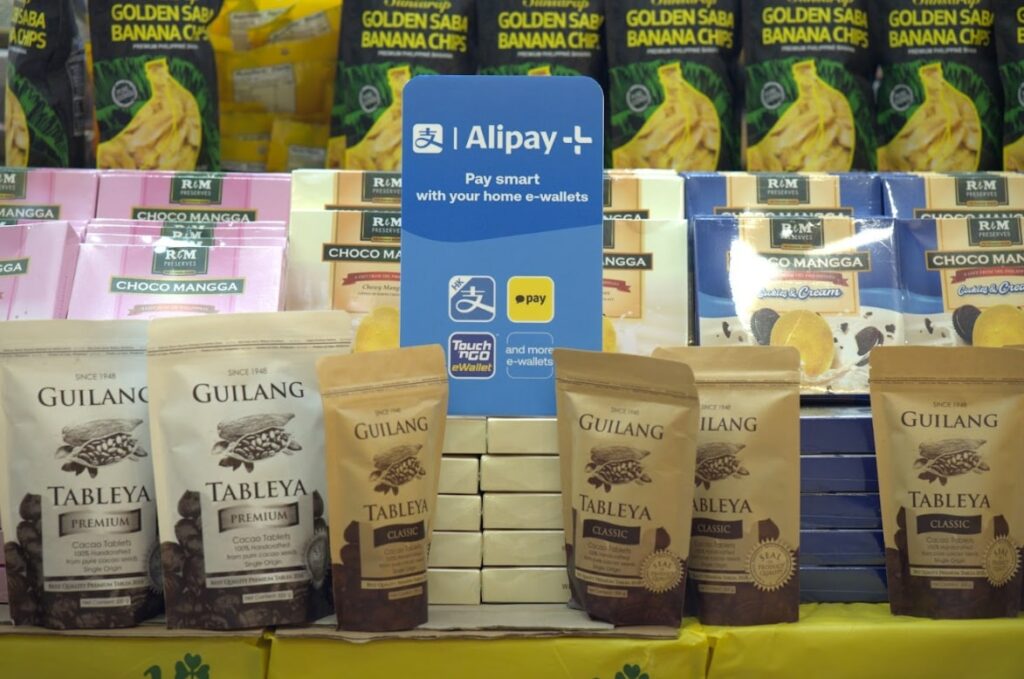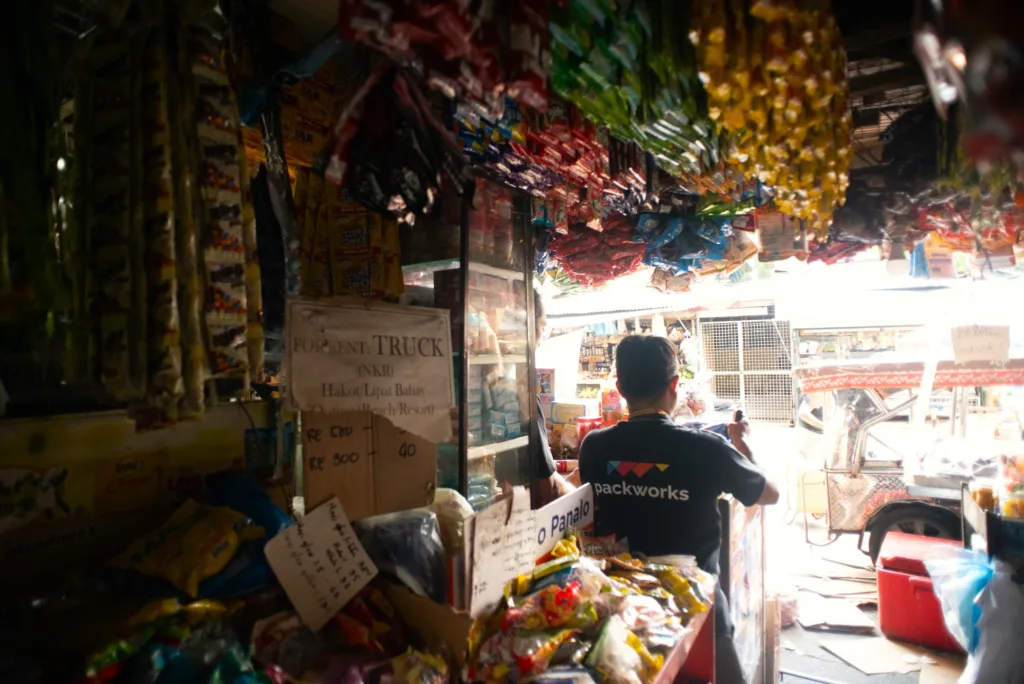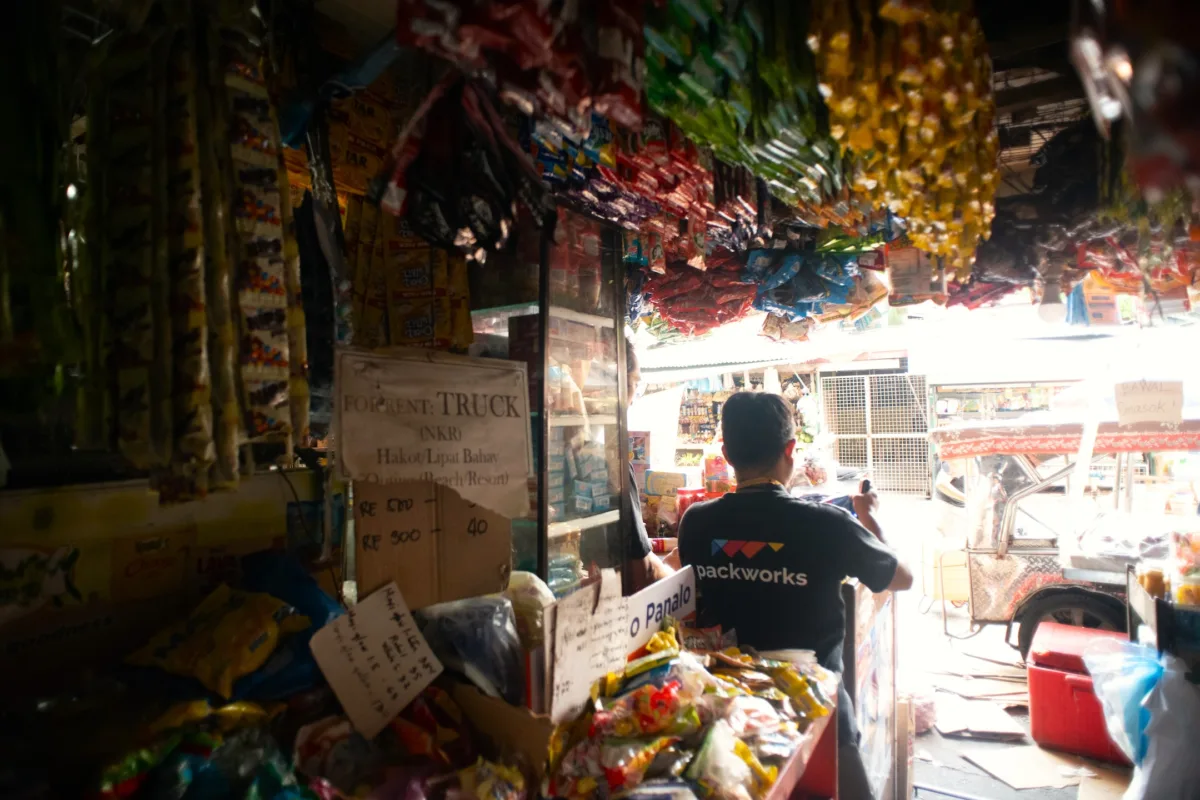The digital shift among sari-sari stores is gaining strong momentum, with e-wallet use surging by 75% in just eight months, according to a new report from Filipino tech startup Packworks.
The report, based on internal transaction data and a direct survey of more than 2,000 sari-sari store owners within Packworks’ nationwide network of over 300,000 stores, revealed that between January and August 2025, half of respondents reported a 75% increase in e-wallet usage in their operations.
The remaining respondents also saw substantial gains: 20% reported doubling their usage, another 20% saw a 50% rise, and 10% noted a 10% increase.

Store owners largely credit this growth to shifting customer behavior, as more Filipinos now prefer to use e-wallets for purchasing goods, transferring funds, as well as paying bills and train fares.
“Marami nang nagpapa-cash-in at cash-out, at bumibili gamit ang e-wallets. Dahil dumarami, gusto naming sabayan ang pangangailangan nila. Nakakatulong din ito para magkaroon kami ng dagdag kita” (Many of our customers now make cash-in and cash-out transactions and pay using e-wallets. We want to keep up with their needs — and it helps us earn extra income),” said Marijane Rea, a store owner from Laguna.
E-wallet transactions become a key source of income
Sari-sari store owners are integrating e-wallets into multiple aspects of their businesses — 40% use them for in-store payments, 30% for bill payments, and another 30% for cash-in and cash-out services.

This shift has proven profitable: about 13% of respondents said their e-wallet earnings now equal their income from physical goods. Another 66% reported that e-wallet transactions contribute around 20% of their total revenues, while 21% said they account for roughly 10%.
GCash remains the most widely used e-wallet platform, utilized by 85% of surveyed store owners, while 15% reported using Maya.
“Bukod sa kita namin sa tindahan, may dagdag kita rin kami sa paggamit ng e-wallets (Aside from our regular store income, we earn extra from e-wallet services),” said Rachel Miguel, a store owner from Bacolod.
“May tubo kaming P10 hanggang P20 sa cash-in, cash-out, o tuwing nagbabayad ng bills ang mga customer” (We earn P10 to P20 from each transaction, such as cash-ins, cash-outs, or bill payments),” she adds.
Expanding capacity to meet demand

To accommodate rising transaction volumes, many sari-sari stores are now maintaining multiple e-wallet accounts — some with as many as five — to maximize transaction limits. With each account offering limits ranging from P100,000 to P500,000, stores can collectively manage up to P3.5 million in monthly digital transactions.
Roughly 30% of respondents expressed interest in upgrading to business accounts, which allow higher transaction ceilings of up to P1 million per month.
According to data from the Bangko Sentral ng Pilipinas, about 57% of all retail transactions in 2024 were cashless, reflecting the continued rise of digital payments in everyday commerce.
Sari-sari stores as digital hubs
Packworks Chief Platform Officer Hubert Yap said the findings highlight how small neighborhood stores are evolving into crucial players in the country’s digital economy.
“The surge in e-wallet use shows how sari-sari stores are transforming into vital digital hubs for their communities,” Yap said. “They’re no longer just selling ‘tingi’ items — they’re offering high-margin financial services and integrating digital tools to operate like mini-banks at the grassroots level. Supporting these micro-entrepreneurs with the right fintech solutions is essential to help them fully benefit from this transformation.”
For more insights and data on sari-sari store trends, visit packworks.io or follow Packworks Philippines on Facebook.








